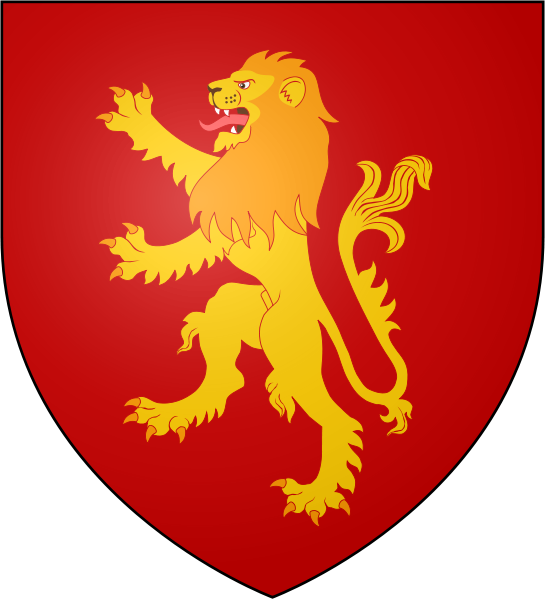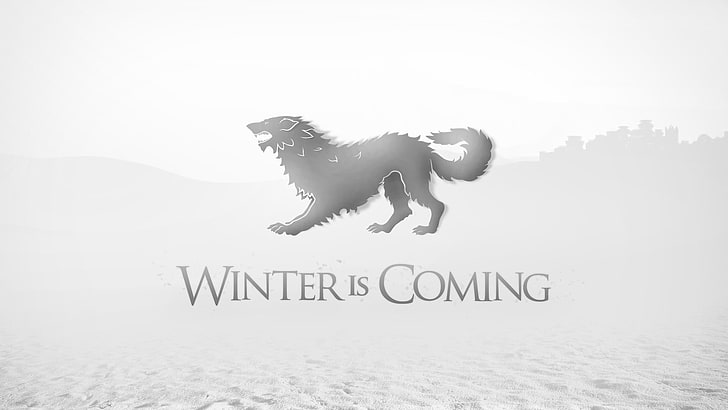

“With this first analysis of ancient DNA from the giant wolves, we have revealed that the history of the giant wolves we thought we knew, in particular a close relationship with gray wolves, is actually much more complicated than we previously thought,” he adds. Angela perri, from the Department of Archeology at Durham University, notes that “giant wolves have always been an iconic representation of the last ice age in the Americas and now a pop culture icon thanks to ‘Game of Thrones’But what we know about its evolution in history has been limited to what we can see by the size and shape of its bones and teeth. The researchers suggest that their profound evolutionary differences meant they were probably ill-equipped to adapt to changing conditions at the end of the ice age. Their analyzes suggest that, unlike many canid species that apparently repeatedly migrated between North America and Eurasia over time, dire wolves evolved only in North America for millions of years.Īlthough giant wolves overlapped with coyotes and gray wolves in North America for at least 10,000 years before their extinction, they found no evidence that they interbred with these species. The collaboration of 49 researchers in nine countries analyzed the genomes of the giant wolves along with those of many different species of wolf-like canids. This is the first time ancient DNA has been taken from giant wolves that reveals a complex history of these ice age predators. Their analyzes showed that giant wolves and gray wolves they were in fact very distant cousins.


The investigation was led by the Durham University, in the United Kingdom, together with scientists from the University of Oxford, Ludwig Maximilian University, in Germany the University of Adelaide, in Australia, and the University of California Los Angeles, in the United States.įor the first time, the international team has sequenced the ancient DNA of five subfossils from Wyoming, Idaho, Ohio, and Tennessee, dating back more than 50,000 years.

Previous analyzes, based solely on morphology, had led scientists to believe that giant wolves were closely related to gray wolves. The study shows that wolves they were so different from other canine species like coyotes and gray wolves that they could not reproduce with each other. These wolves, who became famous in the series’ Game of Thrones‘, were common throughout North America until about 13,000 years ago, after which They became extinct.


 0 kommentar(er)
0 kommentar(er)
